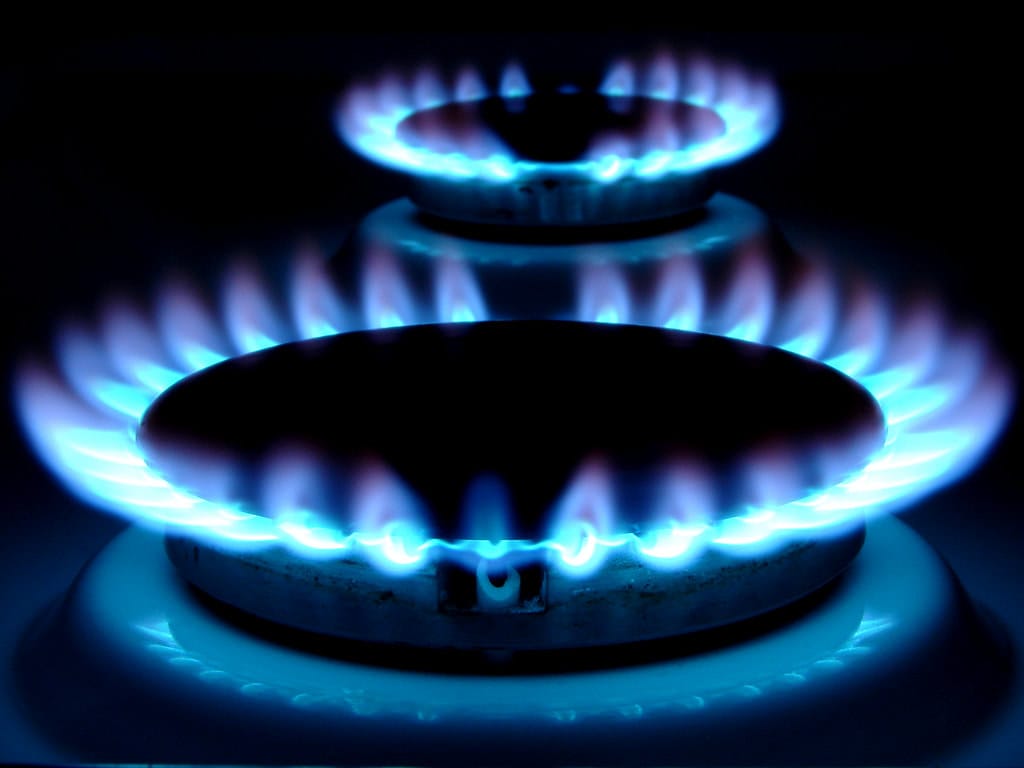Gas Stove Makers Scrub Safety Warnings While Fighting Health Label Requirements
The gas appliance industry is quietly removing air pollution warnings from their websites and marketing materials as federal regulators consider mandatory health labels for gas stoves—a move that consumer advocates say prioritizes profits over public health transparency.
An investigation by environmental health groups reveals that major manufacturers including Whirlpool, GE Appliances, and Frigidaire have systematically deleted language acknowledging indoor air quality concerns from their digital presence over the past 18 months. This coordinated effort coincides with the industry's aggressive lobbying campaign against proposed Consumer Product Safety Commission (CPSC) rules that would require health warnings on gas cooking appliances.
The Vanishing Act: What Disappeared
Previously, several manufacturers included straightforward guidance about proper ventilation when using gas stoves. Whirlpool's website once advised customers that "adequate ventilation is important when cooking with gas to remove combustion byproducts." GE's support pages warned users about the importance of range hood operation "to remove cooking odors and combustion products."
These acknowledgments have largely vanished, replaced by generic cooking tips that emphasize convenience and performance while omitting health-related guidance. The American Gas Association, the industry's primary trade group, has also removed educational content about indoor air quality that existed on their consumer-facing websites as recently as 2022.
The Science Behind the Concern
Research consistently shows that gas stoves produce nitrogen dioxide, carbon monoxide, and fine particulate matter—pollutants that can trigger asthma attacks and respiratory problems, particularly in children. A landmark 2022 study published in the International Journal of Environmental Research and Public Health found that children living in homes with gas stoves face a 42% increased risk of developing asthma.
The Rocky Mountain Institute estimates that gas stoves are responsible for approximately 12.7% of childhood asthma cases in the United States, affecting roughly 650,000 children. These emissions occur even when stoves are properly maintained and ventilated, challenging industry claims that proper use eliminates health risks.
Industry Pushback Intensifies
The appliance industry's response to mounting scientific evidence has been swift and coordinated. The Association of Home Appliance Manufacturers (AHAM) launched a $2.3 million advertising campaign in 2023 emphasizing cooking traditions and consumer choice while questioning the validity of health studies.
"The science is far from settled," AHAM spokesperson Jennifer Bensko stated in a recent press conference. The organization argues that existing building codes and proper ventilation systems adequately address any potential concerns, making additional labeling requirements unnecessary regulatory overreach.
Meanwhile, the American Gas Association has funded multiple studies attempting to downplay health risks, investing over $8 million in research and advocacy efforts since 2021. Critics note these studies often focus on properly ventilated commercial kitchens rather than typical residential settings where many range hoods remain unused.
The Label Debate Heats Up
The CPSC is currently reviewing public comments on proposed regulations that would require gas stoves to carry warning labels similar to those found on cigarette packages. The proposed text would alert consumers that "this product can expose you to chemicals including nitrogen dioxide, which are known to cause respiratory harm."
Industry representatives argue such labels would create unnecessary consumer anxiety and potentially harm sales of products they maintain are safe when used correctly. Consumer advocacy groups counter that families deserve transparent information about potential health risks, especially given that many households lack adequate ventilation systems.
Missing Context: The Ventilation Gap
Central to this debate is a fundamental disconnect between industry assumptions and real-world usage patterns. While manufacturers design gas stoves assuming proper ventilation, surveys indicate that fewer than 25% of home cooks consistently use exhaust fans while cooking.
Many homes lack sufficiently powerful range hoods, and even high-end ventilation systems may not capture all combustion byproducts. This gap between intended and actual use conditions means many families face exposure levels that exceed the industry's safety assumptions.
What This Means for Consumers
The coordinated removal of health guidance creates an information vacuum precisely when families need clear direction most. Parents of asthmatic children, elderly individuals with respiratory conditions, and anyone concerned about indoor air quality face increasing difficulty finding manufacturer-backed guidance about safe usage practices.
As this regulatory battle continues, consumers must seek independent sources for health and safety information while the industry prioritizes messaging over transparency. The outcome of the CPSC's labeling decision will likely determine whether American families receive the candid health information they need to make informed cooking choices—or remain in the dark about potential risks simmering in their own kitchens.
